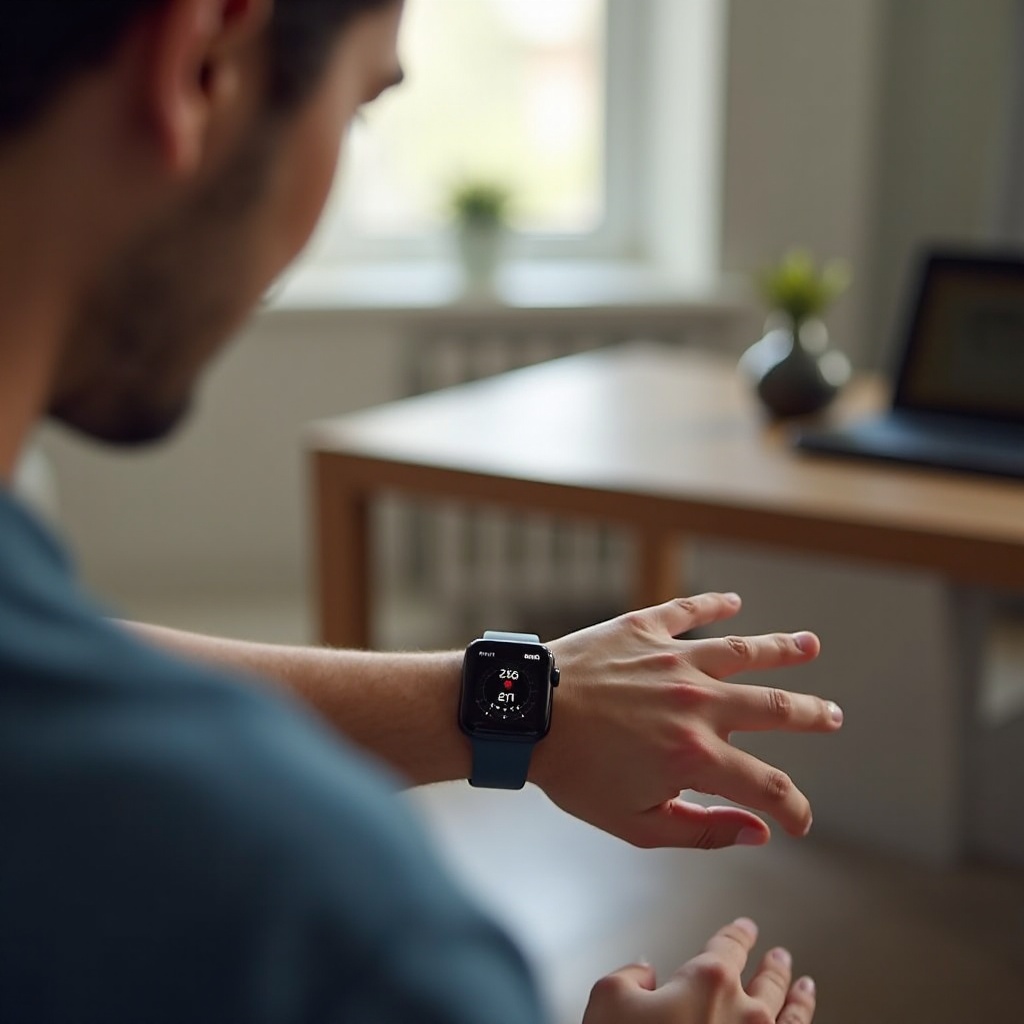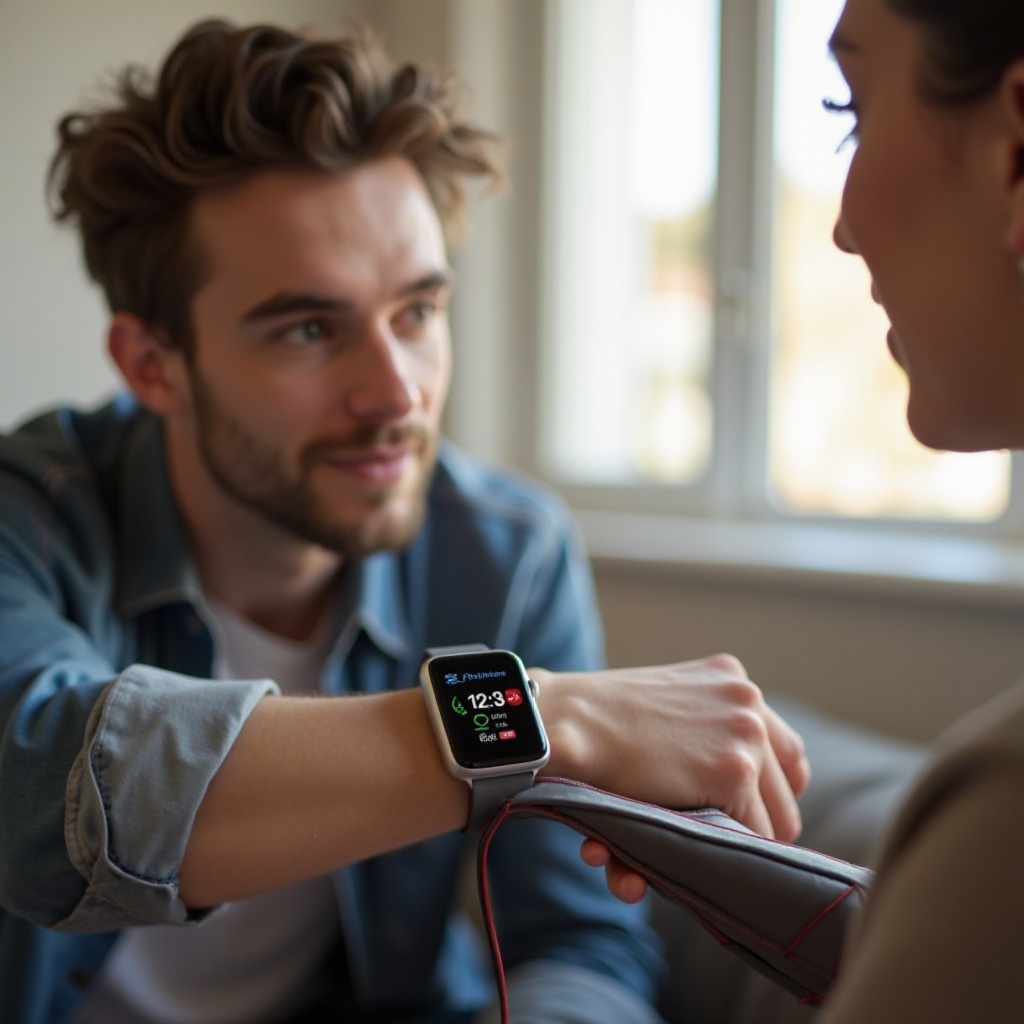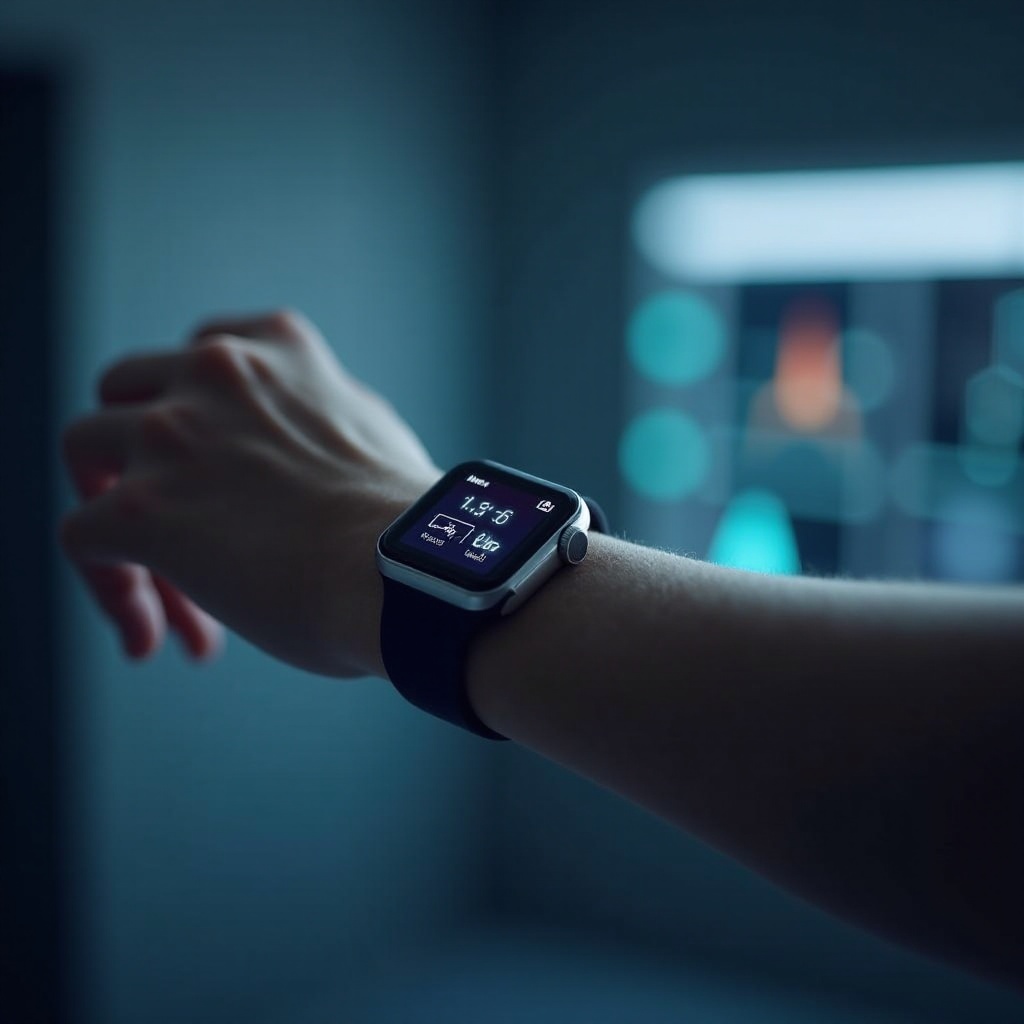Are Blood Pressure Readings on Smart Watches Accurate?
Introduction
Smart technology has remarkably evolved, allowing smart watches to offer features like blood pressure monitoring. This capability is undeniably appealing—checking your blood pressure with a quick glance at your wrist. However, the accuracy of these readings is often questioned. Can they replace traditional monitors? This blog explores the methods used by smart watches to measure blood pressure, evaluates their accuracy, reviews user experiences, and shares insights from the medical community.

How Smart Watches Measure Blood Pressure
Smart watches estimate blood pressure using optical sensors and algorithms. These sensors detect blood flow in the wrist and, through advanced algorithms, estimate blood pressure levels. A technique known as photoplethysmography (PPG) is often used. PPG measures light absorption or reflection by blood vessels in the skin. Some smart watches also use bioelectrical impedance sensors for a more thorough analysis.
To take a reading, users usually rest their arm at heart level and remain still. The watch processes the data and provides an estimate of systolic and diastolic blood pressure. This convenience has made smart watches popular among health-conscious individuals, but their reliability is in question.
Accuracy of Smart Watch Blood Pressure Readings
Comparing to Traditional BP Monitors
When comparing smart watches to traditional blood pressure monitors, several differences become apparent. Traditional monitors use an inflatable cuff, providing highly accurate readings by physically constricting the arm to measure arterial pressure. In contrast, smart watches use indirect methods and algorithms, introducing variability.
Findings from Recent Studies and Research
Recent studies show mixed results on the accuracy of smart watch blood pressure readings. Research published in the Journal of Clinical Hypertension indicated that smart watches could serve as supplementary monitoring tools in controlled conditions but shouldn’t replace traditional monitors yet. Another study in the Journal of Medical Internet Research noted improvements in accuracy but found smart watches still less reliable than cuff-based monitors, especially during movement or variable wrist positions.
Factors Affecting Accuracy
Wrist Positioning and Movement
Accuracy in smart watch blood pressure readings depends on proper wrist positioning and minimal movement. For accurate measurements, the wrist should be at heart level and still. Deviations, such as raising the wrist too high or moving during readings, can lead to inaccurate results.
User Errors and Calibration
User errors significantly impact accuracy. Improper calibration, incorrect positioning, or movement during the measurement process can lead to inaccurate results. Calibration can be complex, often requiring users to cross-reference with a traditional cuff-based monitor.
Brand and Model Differences
Different brands and models of smart watches use varied algorithms and sensor technologies, leading to accuracy discrepancies. High-end models, such as those from Apple or Samsung, tend to deliver more reliable readings due to advanced technology and frequent updates. Conversely, less expensive models may compromise on sensor quality and software refinement.
User Experiences and Testimonials
Users’ experiences with smart watch blood pressure readings vary widely. Many appreciate the convenience, especially for daily monitoring. Some report readings that closely match traditional monitors, while others find inconsistencies causing concern. User reviews suggest that smart watches can provide good baseline readings but may not match the accuracy of traditional cuffs.

Medical Community Perspective
Insights from Healthcare Professionals
Healthcare professionals acknowledge the significant technological advancements of smart watches but also emphasize their limitations. Most doctors recommend using them as supplementary tools, not replacements for traditional monitors. Accurate monitoring is crucial, especially for patients with hypertension or other conditions requiring precise management.
Recommendations for Users
For users considering a smart watch for blood pressure monitoring, the medical community advises the following:
- Regular Calibration: Frequently calibrate your device using a traditional cuff-based monitor.
- Consistency: Take readings at the same time daily for consistent results.
- Consultation: Consult a healthcare provider before solely relying on a smart watch for blood pressure management.
Improvements and Future Prospects
The future of smart watch blood pressure monitoring holds promise. Manufacturers continue to enhance sensor technology and refine algorithms for improved accuracy. Collaboration with healthcare professionals and incorporating more clinical data can lead to significant improvements. Future smart watches may offer more reliable and consistent blood pressure readings, becoming indispensable in personal health management.

Conclusion
Smart watches offer a convenient method to monitor blood pressure, but their accuracy compared to traditional cuff-based monitors is still developing. While useful for general monitoring, users shouldn’t rely solely on them for managing serious health conditions. Consulting healthcare professionals and regularly calibrating your device is essential for reliable readings.
Frequently Asked Questions
How often should I calibrate my smart watch for accurate blood pressure readings?
It is recommended to calibrate your smart watch at least once a month or whenever you notice discrepancies in readings.
Can smart watches completely replace traditional blood pressure monitors?
No, smart watches should supplement traditional monitors, especially for those with conditions requiring precise blood pressure management.
What are the best practices for getting the most accurate readings from my smart watch?
– Ensure your wrist is at heart level.
– Remain still and avoid talking during measurements.
– Regularly calibrate your watch with a traditional monitor.
– Take readings at the same time daily for consistency.
